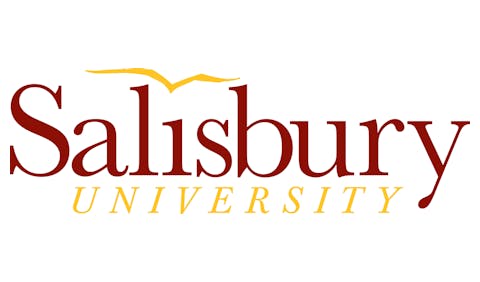 Dr. David K. Wilson
Dr. David K. Wilson
Rather, it’s about attracting world-class faculty, creating more research opportunities for students, and coming up with new innovations that benefit everyday people – particularly those in Baltimore, where the sprawling HBCU campus is located.
“We’ve been very intentional about this,” Wilson told Diverse during a recent interview in his fourth-floor office at Truth Hall.
“We’re not pursuing R1 for R1’s sake,” Wilson says. “We are pursuing it for these kinds of opportunities that will come to our students, that will come to our communities here in Baltimore.”
Wilson reveals that when he initially set out in 2018 to achieve R1 status for Morgan State, he didn’t fully understand what it took for an institution to earn the designation.
“I have to be frank, we didn’t really know what that meant in terms of how institutions got there,” says Wilson, who was one of 18 college or university presidents who took part in a recent project to simplify the research classification system for universities, officially known as the Carnegie Classification of Institutions of Higher Education. The group’s work came to fruition in February, when the Carnegie Foundation and the American Council on Education published a new version of the system.
But if the process to become an R1 was difficult even for a veteran university president to see, that’s largely because the process was so arcane. From 2005 to 2021, for instance, the classification system considered 10 different variables.














